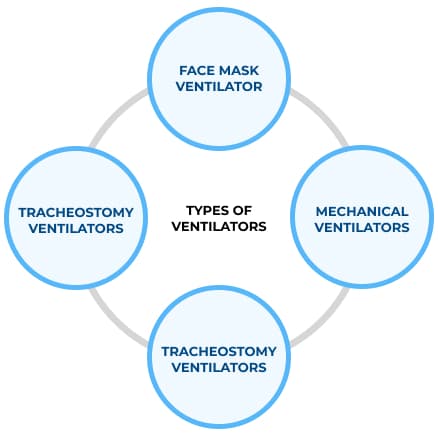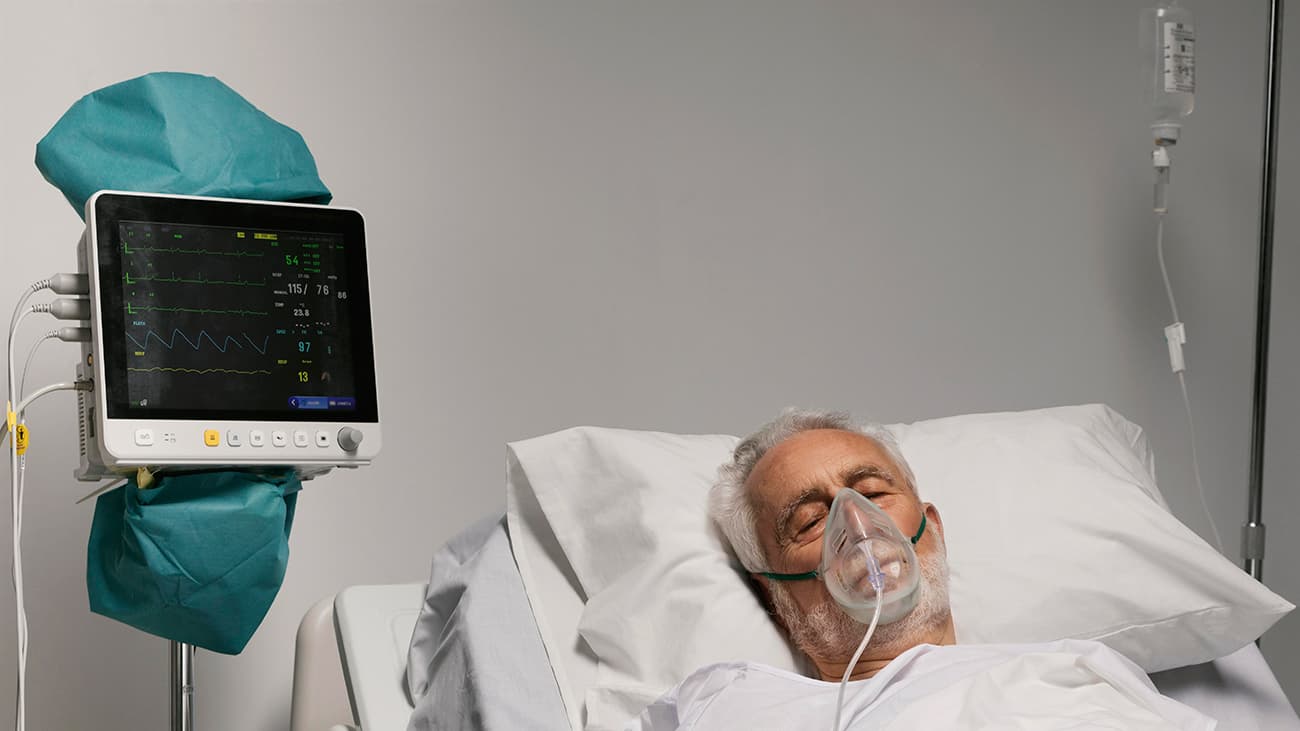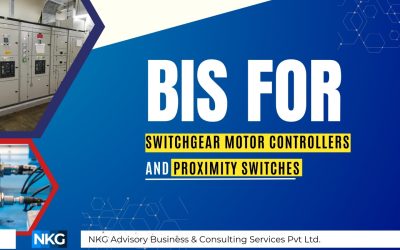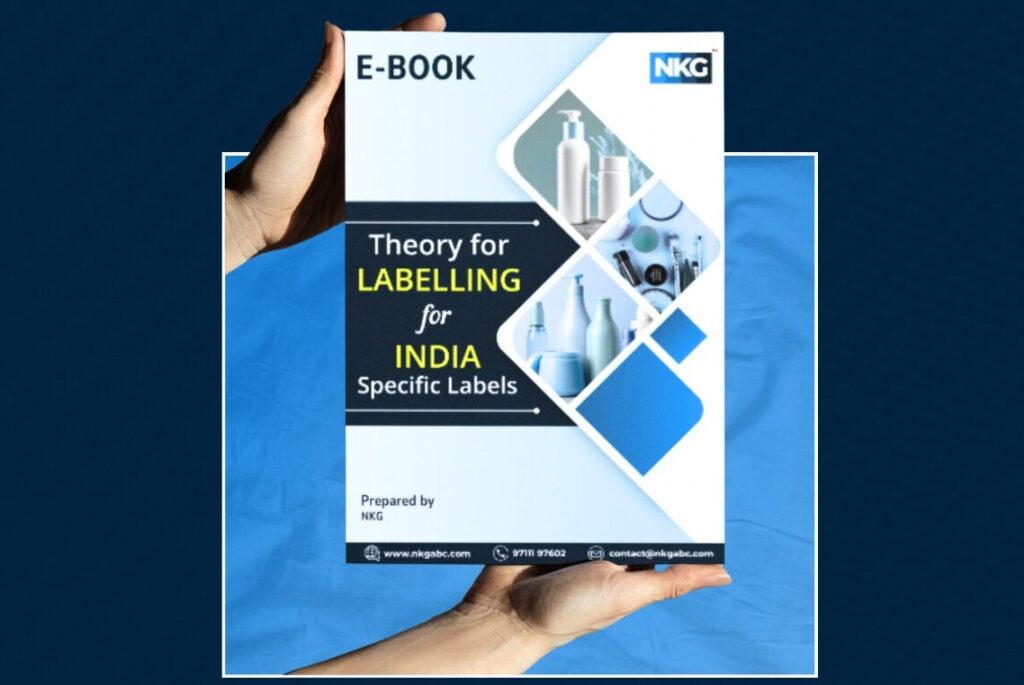Overview of CDSCO
Central Drug Standard Control Organization (CDSCO) is the regulatory body in India that is operating under the Ministry of Health & Family Welfare, Government of India (MoHFW). CDSCO follows medical device regulations, 2017 & Cosmetic and Drugs Act 1940, and Rules 1945. CDSCO released a notification on 6th Aug 2021 with a list of respiratory medical devices and explained the registration of these devices. In the notice, CDSCO classified fifty-one medical devices based on the intended use and risk-based classes. According to these rules, any person dealing with ventilators must follow these regulations and obtain a license from CDSCO. During Covid, the ventilators worked as a patient support system and were in all-time high demand. Thus, CDSCO realized that it is essential to regulate ventilators to stop the sale of faulty ventilators.
In the blog given below, NKG discusses the registration process for Ventilators
What are Ventilators
A ventilator is a medical device known as a breathing machine. It is used when the patient’s condition worsens, and they cannot breathe independently. The ventilator recreates the process of breathing as it pumps the air into the lungs. The patient is fitted with a mask to get air from the ventilator to the patient’s lungs or a breathing tube if the problem becomes more serious. The ventilator support is removed when patients start to breathe on their own.
Types of Ventilators

Class of Ventilators
Ventilator belongs to Class C high risk as it involves using tubes and masks. It helps the patients breathe; even a tiny mistake can cause severe harm and death.
Forms required for Ventilators registration
Applicant type | Class | Application | License | Fees |
Manufacturer |
Class C | Form MD-7 | Form MD-9 | For one site, INR 50000, and INR 1000 for a medical device |
Manufacturer (Loan License) | Form MD -8 | Form MD -10 | ||
Importer | Class C | Form MD- 14 | Form MD- 15 | $3000 for one site and $1500 for one medical device unit |
Documents required for Ventilators registration
For manufacturers of Ventilators:
- Cover letter
- Fees
- Constitution details of the manufacturing firm.
- The Establishment /Site Ownership/Tenancy Agreements.
- Duly notarized quality certificate for manufacturing site(s), if any;
- Copy of the Certificate supporting the quality management system (ISO: 13485), if any;
- Quality management system as per the medical device rule,2017.
- Reference for predicate device,
- Plant master file
- Device master file
- Test license (for the domestic manufacturer)
- Undertaking that the manufacturing site complies with the quality management system.
For the import license authorized agent needs to submit the following documents:
- Cover letter
- Power of attorney
- Wholesale license
- Free sale certificate from the country of origin.
- Free sale certificate from any country, namely USA, Australia, Canada, Japan, UK, and European Union countries.
- Inspection or audit report
- Certificates (ISO, full quality certificate, CE design certificate, Declaration of conformity)
- Plant master file (as per appendix I of MDR, 2017)
- Device master file (as per appendix II of MDR, 2017)
- Label and IFU
- Establishment certificate
- Constitution details of the authorized Indian agent.
Steps to register Ventilators in India
Step 1: Applicant needs to determine if the device falls under the category of notified VENTILATORS medical devices, which needs registration in India as per the notification of CDSCO.
Step 2: Applicant needs to classify the VENTILATORS devices in a risk-based class (Class C,) based on the risk they have.
Step 3: Applicant must fill out the application to get permission to manufacture based on the class Form M-7 (Class C & D) or Form MD- 8 (Loan license Class C) or Form MD-14 to import the VENTILATORS medical device to market it in India.
Step 4: The importer needs to appoint the Indian authorized agent, per the MDR,2017 rules, as the manufacturer’s legal representative who will look out for all the manufacturer’s official work if the manufacturer is not a residVentilators of India.
STEP 5: Applicant needs to submit the following documents for the VENTILATORS medical device:
STEP 6: Notified body audits the manufacturing site within 60 days of application submission for Class C. Notified body sends the audit report to the Central licensing authority (CLA) within 30 days to permit the manuafcturing license whereas for import license no audit takes place. For import license audit report is needed, also if the need may be CLA can do the audit and the expense will be paid by the importer
STEP 7: Central licensing authority (CLA) permits the license to manufacture VENTILATORS medical devices through Form MD-9 (Class C) and Form MD-15 to import and Form MD -10 (Class C & D loan license to manufacturer).
STEP 8: Market VENTILATORS medical devices in India when it gets the green signal from the CDSCO.
TAT (Time for getting File approved
3-4 Months After application submission.
Conclusion:The demand for ventilators skyrocketed during covid as the covid patients mainly depended on ventilators for breathing. The domestic production of ventilators increased from 2500 units in Feb 2020 to 5500-5750 units in March 2020. The ventilator has projected a growth of 10% until the year 2026. Since Ventilators fall under Class C medical devices, their registration is mandatory. After the CDSCO notification, manufacturers and importers must register their Ventilators machines before entering the Indian market. CDSCO aims to make the devices used safer and more effective. Thus, CDSCO is amending the laws to ensure that Ventilators present in the market are safe, effective, and have a high benefit-risk ratio. Since they belong to moderate class risk, the manufacturer and importer need to pay special attention to their documents if they don’t want to interrupt the supply of their ventilator machines. Thus, it is advisable to consult an experienced regulatory person who can help to get the license without any delays.
Download Checklist of Documents Required for Registration of Medical Devices with CDSCO
These comprehensive set of checklists are designed to help streamline the registration process and ensure that you have all the necessary documentation in place.







